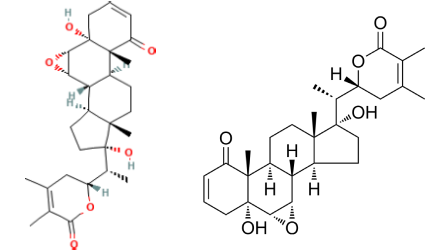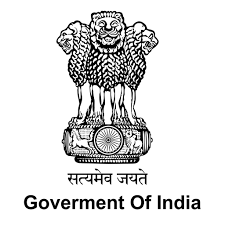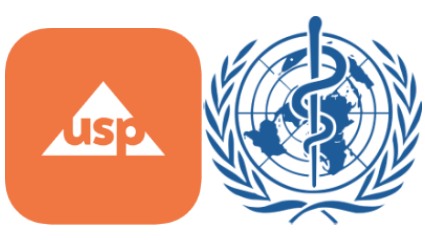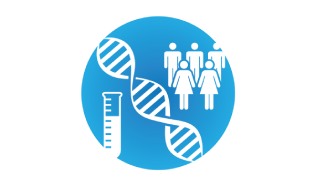Know Why
Ashwagandha (Withania somnifera) is one of the most trusted herbs in Ayurveda. While the root of ashwagandha has been time-tested for safety and effectiveness, the leaf raises serious concerns. This is similar to many other plants belonging to the nightshade family, wherein aerial parts are not meant for internal consumption. For example, you eat potatoes and not potato leaves. You eat carrots and not carrot leaves.
Why Only the Root?

4000 Years of Traditional Wisdom
For over 4000 years, Ayurvedic texts have recommended the usage of the root alone for internal consumption. Despite being the most easily accessible part of the plant, the leaves were never consumed. Leaves were known to be occasionally used for topical purposes.

Leaves Contain Potentially Harmful Compounds
Ashwagandha leaves are rich in withanolides like Withaferin A (a cytotoxic compound) and Withanone. According to a few published reports, these compounds have been associated with liver toxicity. These are found in significantly higher concentrations in leaves, posing a clear risk when consumed.
Caution from Regulatory Bodies

The Government of India has issued a clear advisory against the consumption of Ashwagandha leaves, citing a lack of safety and efficacy. Advisory-On-Aswagandha

European countries like Poland, Hungary, etc., legally permit only the usage of the root of ashwagandha in food supplements, reflecting growing global regulatory caution against leaves.

Pharmacopoeial recommendations does not include leaves
The Ayurvedic Pharmacopoeia of India, United States Pharmacopoeia, British Pharmacopoeia, Indian Pharmacopoeia, and WHO monograph focus solely on Ashwagandha root. Leaf is not listed in any of these monographs.

Independent Modern Science
The predominant majority of independently published clinical trials today use only root-based formulations. Out of 427 clinical trials registered, 426 are on the root and root-based formulations.

Economic Empowerment of Farmers
Ashwagandha leaves are 100 times cheaper than the roots. By incorporating more leaf material into ashwagandha extracts and formulations, extract suppliers and supplement companies can substantially increase their profit margins. Furthermore, increased usage of leaf material also decreases the profits of the hard-working farmers and deprives ashwagandha fields of the much-needed compost for the next growing season.
Adulteration
According to market data, ashwagandha is among the top 5 herbal supplements in the US, and interest is growing. This growth has led to an increased risk of adulteration, threatening product quality and consumer safety. Despite Ayurvedic tradition, global regulations, and pharmacopoeial definitions affirming root-only use, large volumes of leaf material continue to enter the supply chain. Clinical case reports and chemical analyses reveal disturbing rates of adulteration, raising serious concerns about product authenticity and liver toxicity.
The most effective solution to tackling this pervasive threat would be to implement rigorous testing. Manufacturers and other stakeholders must test every batch of raw materials for identity testing.

